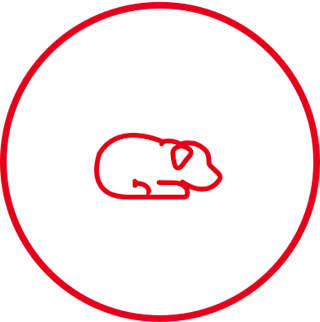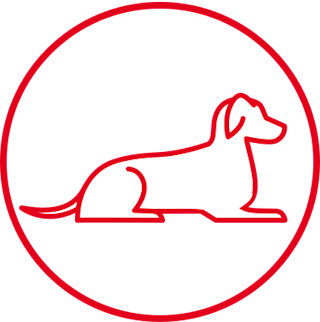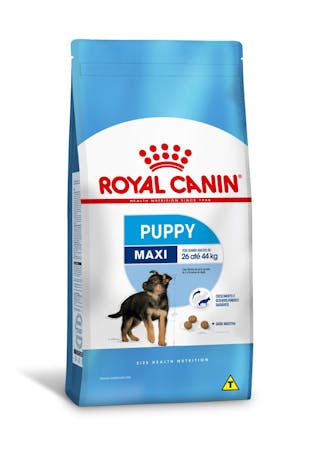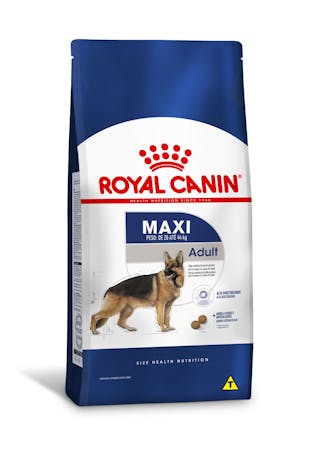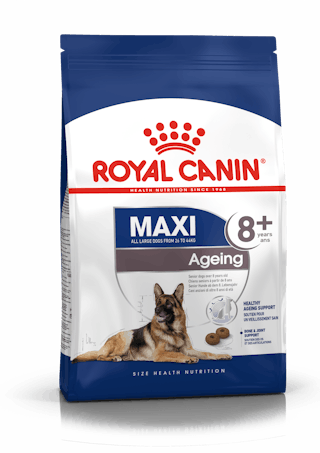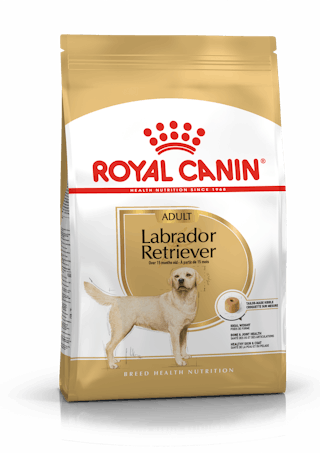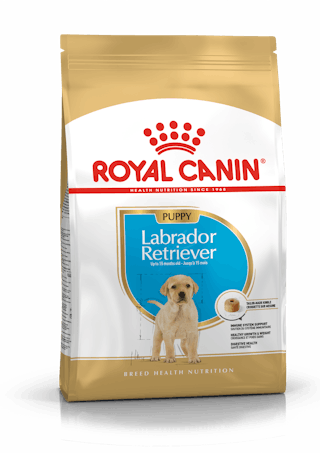
Let's talk Basset Hounds
Those eyes! The Basset Hound’s desirable traits are aplenty but it’s the devoted stare, trademark long ears and short legs that have pulled in many a pet owner to this special breed. The origin of the Basset Hound lies in hunting - specifically for rabbits - and they have the second-most powerful nose in dog-dom, next only to the Bloodhound. Today’s Basset Hound finds a place in many homes with their slightly obstinate yet close-to-ideal, laid-back temperament.
Official name: Basset Hound
Other names: Hound
Origins: France

| Drooling tendencies |
|
Warm weather? | |
| Grooming needs | |
Cold weather? |  |
| Shedding level | |
Suited to apartment living? | |
| Barking tendencies |  |
Can stay alone?* | |
| Energy Level* | High | Family Pet?* |  |
| Compatibility with other pets | |
* We advise against leaving pets alone for long stretches. Companionship can prevent emotional distress and destructive behaviour. Speak to your veterinarian for recommendations.
Every pet is different, even within a breed; this snapshot of this breed specifics should be taken as an indication.
For a happy healthy and well-behaved pet, we recommend educating and socializing your pet as well as covering their basic welfare needs (and their social and behavioral needs.
Pets should never be left unsupervised with a child.
Contact your breeder or veterinarian for further advice.
All domestic pets are sociable and prefer company. However, they can be taught to cope with solitude from an early age. Seek the advice of your veterinarian or trainer to help you do this.


| Baby age | Birth to 2 months |
| Puppy age | 2 to 12 months |
| Adult age | 12 months to 5 years |
| Mature age | 5 to 8 years |
| Senior age | From 8 years |

1/7
Get to know the Basset Hound
All you need to know about the breed
Affectionate, loyal, and very much at ease with themselves, the Basset Hound is top dog when it comes to their docile nature. Their long stocky body and short legs make the breed a big dog in a little dog’s body, and those extra long, velvety ears are equally entrancing.
The Basset Hound also possesses stunning markings distinguished by a mix of rich black, brown, and white dappled with flecks of tan. Their handsome coat and low-key nature has made them super suitable for showing. The breed is a staple on the dog show circuit, their charming physical and temperamental attributes often garnering them a top spot on the podium.
With a somewhat obstinate streak, Basset Hounds will benefit from being taught early when it comes to your expectation. Where it helps: Out on the trail, as the dog is part of the Hound Group and exhibits a determined pace and loud bark when taking on its bred-for role.
The nose of the Basset Hound is its most incredible feature: It ranks just behind the Bloodhound in accuracy. Beware the Basset Hound at mealtime though, should you not want your dinner to go missing!
Crazy loyalty is a given with the breed, however, training will take effort. That’s where treats - starting in puppyhood - come into play. Seemingly aloof, the Basset Hound will obey if you are persistent.

2/7
2 facts about Basset Hounds
1. Their sense of smell can sometimes lead them astray
The Basset Hound is only second to the Bloodhound when it comes to their astonishing sense of smell. The highly prized trait may work against them though, leading them down a perilous path while in pursuit of said scent. Keeping them on a leash when on walks or in unfamiliar territory is best.
2. Basset Hounds are prone to bloat
The breed can succumb to gastric dilation and volvulus, commonly known as GDV, or bloat. If this genetic predisposition happens,the stomach can twist and fill with gas. Bloat can occur in dogs with deep chests and can be dangerous. Watch for signs of distress post mealtime. Regular, calm meals and not overfeeding help, as can surgery where necessary. A great vet can walk you through it!
History of the breed
The adored Basset Hound is aptly named by their home countries of France and Belgium for their long, low body: “bas” means low in French. It is thought that this scenting hound was honed by the Benedictine monks at the Abbey of St. Hubert in Liege, Belgium from earlier French breeds. The breed occurred when a mutation of the strain produced a dwarfed version. The low-slung dog was soon prized for an innate ability to traverse brushy, rugged terrain where smaller creatures - primarily rabbits - lived.
The French aristocracy kept the breed in vogue over the last two centuries since the Basset Hound’s phenomenal sense of smell, not to mention their devotion, was superb. The United Kingdom and the United States both formed an attachment to the breed as well. 1866 marks the first recorded presence of the Basset Hound in England, with Lord Galway importing a pair from France, followed by Sir Everett Milais in 1874 who then started to show the breed. Princess Alexandra of Wales followed suit, keeping the Basset Hound in royal kennels, and in 1882, the Kennel Club in England accepted the breed. In 1884, the English Basset Hound Club was formed.
Fanciers in the United States are near-obsessed with the breed, the dog’s signature somber visage even becoming the face of a 1960s ad campaign for Hush Puppy shoes.

4/7
From head to tail
Physical characteristics of Basset Hounds
1. Ears
V-shaped very erect ears, medium length and thickness
2. Head
Rectangular, elongated head characterised by beard and eyebrows
3. Body
Bold, strong, and muscular body, very large limbs
4. Tail
Short tail set high, usually docked
5. Coat
Double coat, harsh, wiry, very dense outer coat, soft undercoat

5/7
Things to look out for
From specific breed traits to a general health overview, here are some interesting facts about your Basset Hound

6/7
Caring for your Basset Hound
Grooming, training and exercise tips
Keeping the Basset Hound’s coat groomed is important as it is a breed prone to shedding a great deal. And who wouldn’t want to maintain that dappled, multi-colored manteau?? A soft brush or a shedding tool are the right devices to have on hand to keep that slick, almost oily coat neat. Its length won’t require a long session of brushing, for sure. The occasional bath should also be given for your Basset Hound to stay as fresh as possible - they can be prone to an unusual breed-specific body odour - barring any rounds with mud puddles. Be sure to clean in, around, up and under those skin folds as dirt and bacteria can hide there.
Hounds think for themselves and the Basset Hound is no exception. A confident and pleasant breed, their smarts may be a drawback when it comes to obedience training though as they have a tendency to do what they want and exhibit an obstinate side. They don’t take kindly to harsh criticism, but rather respond to kinder, gentler commands - and consistent ones. Give those and your Basset Hound should be one cooperative dog. The other part of their character: They very much enjoy attention, and if they don’t get it from you, the Basset Hound will seek it - with nudges, following you around the house, or that longing look.
The Basset Hound needs a good amount of activity and daily walks are just the trick to keep their solid body trim. Their smaller size shouldn’t be mistaken as one that isn’t in need of a workout regimen; like any canine, movement is key to staying fit. And as a born sporting dog, the need to move is in his blood, with endurance one of the Basset Hound’s top traits. They may be low-slung dogs but what they lack in height they make up for in endurance.
All about Basset Hounds
As if the turned-out feet and longing stare
of the Basset Hound isn’t enough, the breed’s temperament is perfectly suited
to most home situations. Described as good-natured, peaceful, and sociable with
everyone they come across, their sophisticated droll exterior belies a clownish
nature.
Basset Hounds fit in well with most
everyone they meet. They are however prone to excessive body odour so bathing
should be routine. Grooming is also high up on the maintenance scale as the
Basset Hound sheds a good deal. Their stocky body does require doggie workouts to
keep them fit and prevent weight gain with this laid-back breed.
Tailored nutrition for your Basset Hound
Altre razze che potrebbero interessarti
Read More about Breeds

A guide to changing your dogs food

How to prevent an upset stomach in your dog

Signs your dog is getting old
Sources
1 - Veterinary Centers of America https://vcahospitals.com/
2 - Royal Canin Dog Encyclopaedia. Ed 2010 and 2020
3 - Banfield Pet Hospital https://www.banfield.com/
4 - Royal Canin BHN Product Book
5 - American Kennel Club https://www.akc.org/
